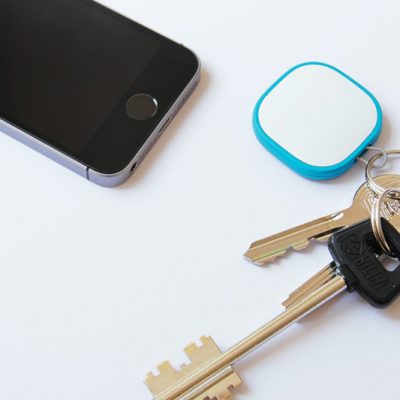Point Of Sale System
POS is the short abbreviation used for Point of Sale or Point Of Service mainly. The Point of Sale System or POS term is applicable to all types of businesses, regardless of their sizes and types. The Point of Sale (or POS) in retail industries uses a combination of software as well as hardware that manages the businesses. This may include an electronic or manual cash register, a printer, weighing scales, touch screen terminals, barcode scanner, etc.
The place where the customer makes a payment for products or services at the store is a Point of Sale System or POS. Point of Sale System covers every business-related person’s life directly or indirectly because somehow all are connected with each other by buying goods for business.
Since computers start to store, analyze, capture, sales and purchase data management, Point of sale software starts to perform various operations. A Point of Sale System saves time and eliminates data duplication which increases efficiency. Every time a customer makes a purchase at the store, they are completing a Point of Sale transaction.
POS System
The overall hardware and software system used for billing in a POS Store is a POS System. A POS System usually consists of the following units for displaying the order total, product weight, etc. and other hardware units for scanning product barcodes, a printer for receipts, a cash register, etc. Nowadays an integral part of a POS system is Card readers.
A POS system typically contains:
-
To show the billing, a display unit
-
To select products and enter data, a keyboard/touch screen device
-
To scan billed objects, a barcode scanner
-
To print the receipt, a printer
-
To store cash obtained during sales, a cash register and,
-
To complete the process, a software interface
POS System’s Software Components
What usually referred to as the POS Software is the software that runs on the POS System. POS software serves as the terminal’s operating system, like laptops that run on Windows, or phones that run on Android or iOS. With the help of available hardware, the POS software helps to process orders in a retail store. As per the needs of the retail industry, a POS software solution is diverse. POS software has been custom-built for many large retailers for their specific needs.
POS System’s Hardware Components
These are the common physical components of a POS System
Monitor/tablet: The product database is displayed on the Monitor/tablet and it enables other functions like employee clock-in and viewing sales reports, etc. For replacing bulkier monitors, iPads are popular.
Barcode Scanner: A barcode scanner automates the checkout process. Scanning barcodes pulls product information and adds it to the checkout total. To automatically adjust stock levels, barcode scanners can integrate with inventory management systems.
Credit Card Reader: Different types of cards are used for transactions such as credit cards, debit cards, employee ID cards etc. therefore a Card Reader is essential.
Receipt Printer: For providing customers with a quick snapshot of their purchase or returns, paper receipts remain essential.
Cash Drawer: We need a secure place to store cash for transactions.




